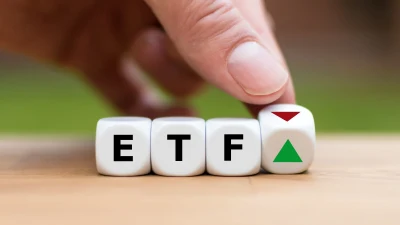Can funds treat you better than houses?


For the investor that’s looking for more liquidity and affordability, Money Management, using FE Analytics, looked at the sectors in the Australian Core Strategies universe to see which asset classes might be more viable than Australian residential property.
The Australian Bureau of Statistics Residential Property Eight Cities index returned 6.28 per cent for the period from 31 March 2015 to 31 March 2018.
To localise the figure, the Residential Property Sydney index returned 7.69 per cent, the Brisbane index returned 3.04 per cent, the Melbourne index returned 9.78 per cent, and the Perth index returned -3.16 per cent for the same period.
Nine equity sectors outperformed the Eight Cities index, and five outperformed the Sydney index, with Australian small/mid caps, North American equities, global small/mid caps, European equities, and emerging markets equities looking like a better and less-pricey alternative to property.
For the same period, Australian small/mid caps on average produced returns of 11.30 per cent, North American equities produced 10.77 per cent, Asia Pacific equities returned 8.74 per cent, global small/mid caps returned 7.93 per cent and European equities returned 7.71 per cent.
This places them above the Sydney index, while specialist equities returned 7.40 per cent, global equities returned 7.39 per cent and emerging markets equities returned 7.24 per cent, placing them above the Eight Cities index.
Investors could have achieved more than triple their returns had they invested in such funds as the SGH Emerging Companies fund in the Australian small/mid caps sector, which returned 27.02 per cent for the same period.
In fact, had investors placed their money into any of the top five funds in the sector, they could have achieved more than triple their returns.
The chart below shows the performance of the top Australian small/mid cap funds as compared to the ABS Residential Property Eight Cities index and the Sydney index from 31 March 2015 to 31 March 2018.
And, if investors are worried about volatility, three bond funds with FE Risk Scores of less than 50 will give them better returns without the risk.
The five-Crown Premium Asia Income fund has a FE Risk Score of 42 and has returned 9.77 per cent for 31 March 2015 to 31 March 2018, placing it above the Sydney and Eight Cities indices.
Similarly, above both indices is the Trilogy Monthly Income fund, which has a FE Risk Score of 21 and returned 8.30 per cent, and the five-Crown Blue Quay High Income fund, which has a FE Risk Score of 20, and will put you above the Eight Cities index with returns of 7.55 per cent.
The chart below shows the performance of the three fixed-income funds as compared to both the Sydney and Eight Cities indices.
Recommended for you
Lonsec and SQM Research have highlighted manager selection as a crucial risk for financial advisers when it comes to private market investments, particularly due to the clear performance dispersion.
Macquarie Asset Management has indicated its desire to commit the fast-growing wealth business in Australia by divesting part of its public investment business to Japanese investment bank Nomura.
Australia’s “sophisticated” financial services industry is a magnet for offshore fund managers, according to a global firm.
The latest Morningstar asset manager survey believes ETF providers are likely to retain the market share they have gained from active managers.















